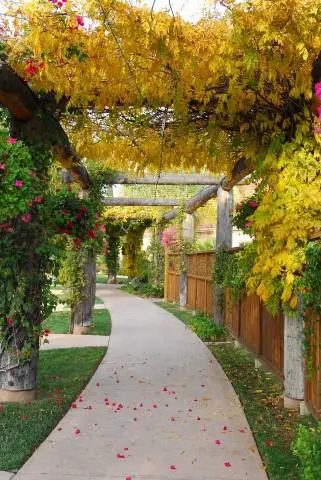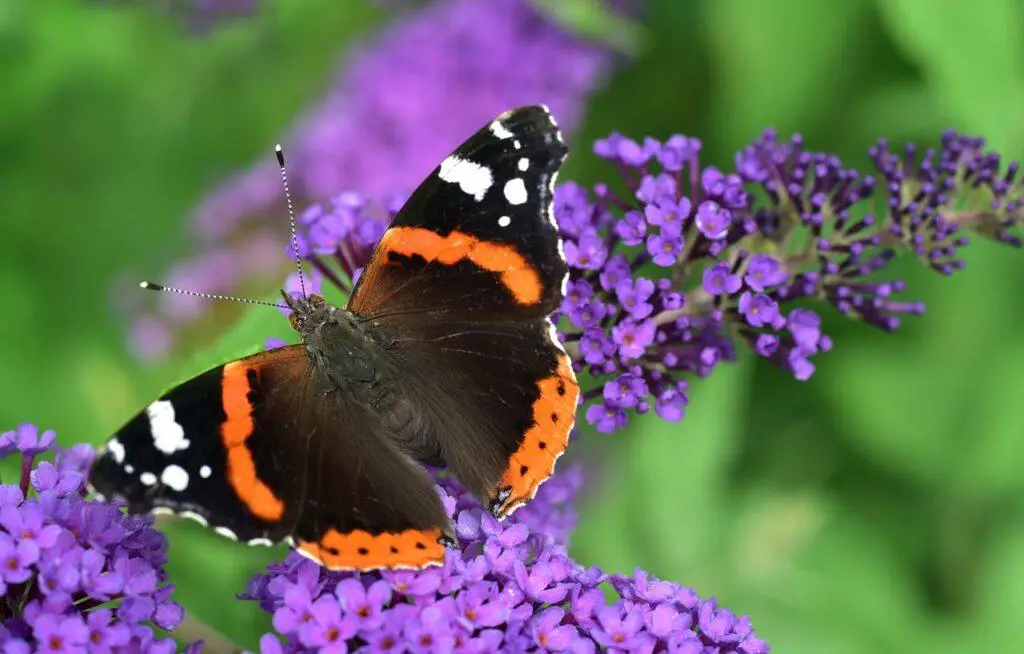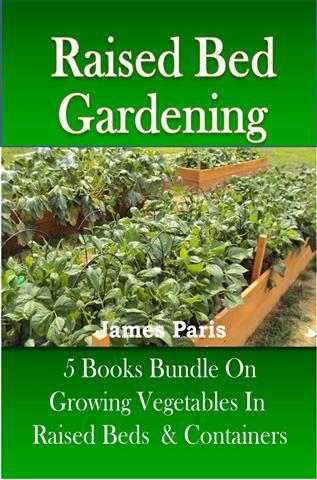Why Create A Sensory Garden?
There are many reasons to create a garden that stimulates the senses. It could be to activate long-lost memories in the case of a dementia patient. Or it could calm the individual who suffers from anxiety or depression by providing a soothing environment.
Whether it is visual, tactile, or auditory stimulation that is required for the individuals involved, sensory gardens can be created that will be of maximum benefit to the group or individual in need.

For this reason, Sensory gardens for both adults and children, are used universally by Horticultural Therapists specializing in many different areas of mental & physical health that are able to benefit from this type of sensory stimulation.
specializing in many different areas of mental & physical health that are able to benefit from this type of sensory stimulation.
What goes in a sensory garden
The content or creation of a sensory garden depends on a number of factors. Basically however. What is included in this type of garden is based on what you are trying to achieve, in order to better the lives of those using the garden – even down to choosing a garden shed.
The list below gives some ideas as to what you may wish to include in your sensory garden…
- Scented flowers and plants: Most of us are aware just how evocative smell can be when bringing back memories of past times – good or bad! Sweet smelling flowers or herbs are excellent for calming the spirit, and perhaps taking the recipient to a happy place long since forgotten – until they caught the scent of a familiar flower.
- Edible plants: Edible flowers, as well as vegetables and herbs are an excellent idea for a sensory garden, and they encourage a sense of involvement as the individual is invited to pick the tomatoes for example. This simple act could also be invaluable to an elderly dementia patient, who has happy memories of helping their father in the veggie plot when they were a child. It could also be a great bonding time for a parent and child to wander at ease around the garden gathering happy memories whilst picking tomatoes or fruit in safe, happy, surroundings.
- A sensory trail: You could include a trail or path throughout the garden that has definite ‘land marks’ or objects to touch such as garden ornaments, statues, fountains, even a particular tree or shrub. All of these should be set next to the trail, and within reach if practical from a wheelchair. Included here would also be scented plants of various kinds – Lavender is a favorite. All this is designed with the blind or sight-impaired individual in mind, to let them feel and smell their way around a familiar, safe environment.
- Electronic Touch Pads: Especially for the sight impaired. These can be included with recordings that will tell the listener just what they are looking at, simply by pushing a large square pad and activating the recording. This is the same technique now used by many tourist venues to inform the listener of the details regarding the object or place before them.
- Bird Feeders: Popular is most gardens is the many different bird feeders – and the sensory garden is no different. Watching the birds at a feeder is perhaps one of the most calming of influences, and can hold the interest for ages as the different birds are admired.
- A Quiet Space: Always make sure that there are at least a couple of quiet spaces with adequate seating in your sensory garden. A place where an individual can close their eyes and enjoy listening to the birds sing. Or the breeze rustling through ornamental bamboo or a soft Japanese Acer tree – place a seating area next to any water feature where the tinkling of the water can be heard.
- A sense of enclosure: This helps any individual who is anxious about their security, perhaps fearful of the unrestrained outside world. Once they get to know their own garden and feel that it is secure and safe, then they will get the most benefit from being there. For this reason a walled garden (either stone or timber) tends to be preferred, but screens of hedges, shrubs, or trellis with climbing plants such as honeysuckle or clematis, can also be provided to create this impression of a safe enclosure.
- Wildlife: We have already mentioned bird feeders, however virtually any wildlife (exclude lions, tigers and bears here!) in a sensory garden is a good thing as it stimulates the senses and evokes feelings. Encourage bees, butterflies and small birds by creating an environment that they can thrive in – lots of flowers!
Consider mobility issues:
It is important to think about the visitors to your sensory garden. Just how mobile are they? Perhaps there are mobility vehicles or wheelchairs involved.
It could be that you will need to consider a sturdy handrail alongside the path, as well as regular and frequent sitting areas for them to rest.
Make sure that the path has no built-in hazards such as uneven slabs, loose gravel, or obstacles that could trip up the walker or jamb the wheels of the mobility scooter.
Raised Bed Sensory Garden:
This could include all of the above, but it would be mostly within a Raised Bed structure.
Raised beds are ideal, especially for the elderly or wheelchair-bound individuals. They allow the user direct access to the plants, without having to leave their chair.
For those who walk with the aid of a stick or walker, then it is also ideal as they can reach the plants without having to try and bend down to them.
Anyone who is keen on gardening will love the idea or the chance to ‘get their hands dirty’ without all the hassle and pain involved with a traditional garden structure.
More on Gardening for the elderly can be found in our article here…
Conclusion:
I may well be biased admittedly…but I believe that a sensory garden is an excellent concept, either on an individual or corporate basis, indeed professional studies have shown this to be the case.
have shown this to be the case.
Without doubt, gardening transports most of us to a calm place. A place where we can connect to nature, get our hands in the soil, and shake off the trials of this hectic life.
How much more so for individuals who are – either by birth, nature or hard circumstances – struggling to make sense of life, and in need of some place where they can find peace and tranquility, even if only for a short time.




